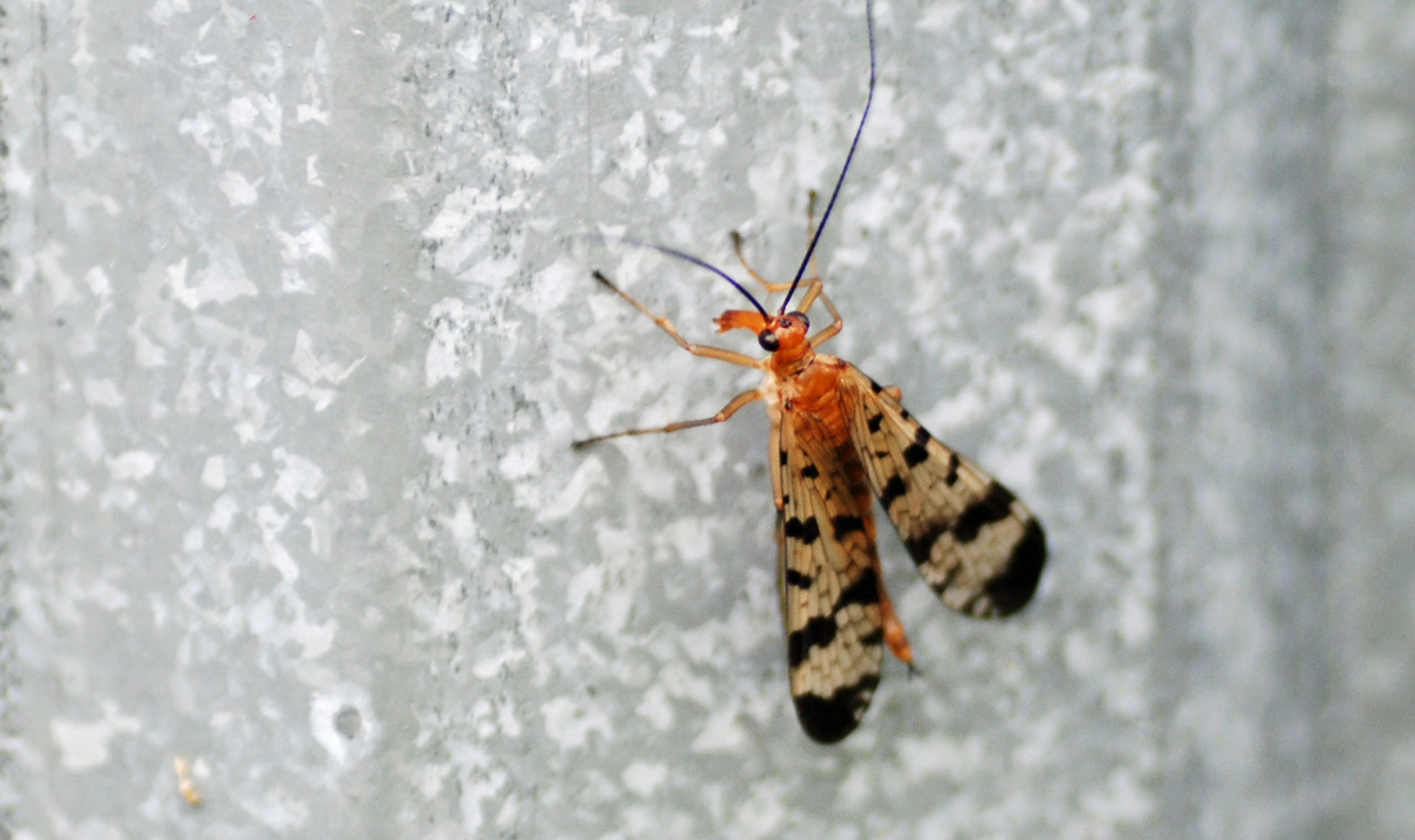

Posted on 07/20/2011 11:32:22 AM PDT by null and void


Coxoplectoptera Adult (upper),
Coxoplectoptera Larva (lower)
German scientists at the Stuttgart Natural History Museum were leading in the discovery of a new insect order from the Lower Cretaceous of South America. The spectacular fossils were named Coxoplectoptera by their discoverers and their findings were published in a special issue on Cretaceous Insects in the scientific journal Insect Systematics & Evolution.
The work group, led by basal insect experts Dr. Arnold H. Staniczek and Dr. Günter Bechly, determined that these fossils represent extinct relatives of modern mayflies. Coxoplectoptera, however, significantly differ from both mayflies and all other known insects in anatomy and mode of life. Due to the discovery of adult winged specimens and excellently preserved larvae, the scientists were able to clarify the phylogenetic position of these animals and presented a new hypothesis regarding the relationships of basal winged insects.
Equipped with wing venation of a mayfly, breast and wing shape of a dragonfly, and legs of a praying mantis, these winged insects look like a patchwork of various animals. The peculiar larvae, however, are reminiscent of freshwater shrimps.
Their lifestyle turned out to be a major enigma: Mode of embedding and some of their characters clearly suggest a fluvial habitat. Their unique anatomy indicates that these animals were ambush predators living partly dug in the river bed. These animals, furthermore, provided clues to the long-standing controversial debate of the evolutionary origin of the insect wing: The scientists presume that wings originated from thoracic backplates, while leg genes were recruited for their developmental control.
Overall, the exciting discovery of Coxoplectoptera contributes to a better understanding of insect evolution.
Full citation: Arnold H. Staniczek a,* , Günter Bechly b and Roman J. Godunko c,d, "Coxoplectoptera, a new fossil order of Palaeoptera (Arthropoda: Insecta), with comments on the phylogeny of the stem group of mayfl ies (Ephemeroptera)," Insect Systematics & Evolution, Volume 42, Number 2, pp. 101 - 138 (2011), DOI 10.1163/187631211X578406.
Not my fault.
Protodemocrats?
I recognize that one on the bottom. Used to kill a lot of those in the bathroom of this one place I was renting.
How do they know that larva goes to that adult?...................Or even if it’s a larva at all?...............
Male mayfly to female mayfly: “What do you mean, not tonight?”
Transitional fossils...
Ah. I see you’ve met my ex...
|
· join list or digest · view topics · view or post blog · bookmark · post a topic · subscribe · |
|||
Antiquity Journal & archive Archaeologica Archaeology Archaeology Channel BAR Bronze Age Forum Discovery Dogpile Eurekalert LiveScience Mirabilis.ca Nat Geographic PhysOrg Science Daily Science News Texas AM Yahoo Excerpt, or Link only? |
|
||
|
· Science topic · science keyword · Books/Literature topic · pages keyword · |
|||

Also, a weird little fly with a pinkish sort of snout and black and clear little wings that look kind of ominous and “batty” has taken to my screens.
I don't think most people pay insects much attention but there are many that are interesting to look at out there if one cares to notice. Wish I knew more about them.
It may be that they do not but have postulated their so called fact to be accepted as laid down truth from this day forth by the so called scientific community.


Thank you for trying, but no. This insect has shorter sort of stubby wings and is gray except it’s pinkish snout which looks more like a pig’s snout being less long.
I wonder if that is the same insect but the picture doesn’t show them up close at all and the balls they formed were very round and bright, bright red.
Disclaimer: Opinions posted on Free Republic are those of the individual posters and do not necessarily represent the opinion of Free Republic or its management. All materials posted herein are protected by copyright law and the exemption for fair use of copyrighted works.